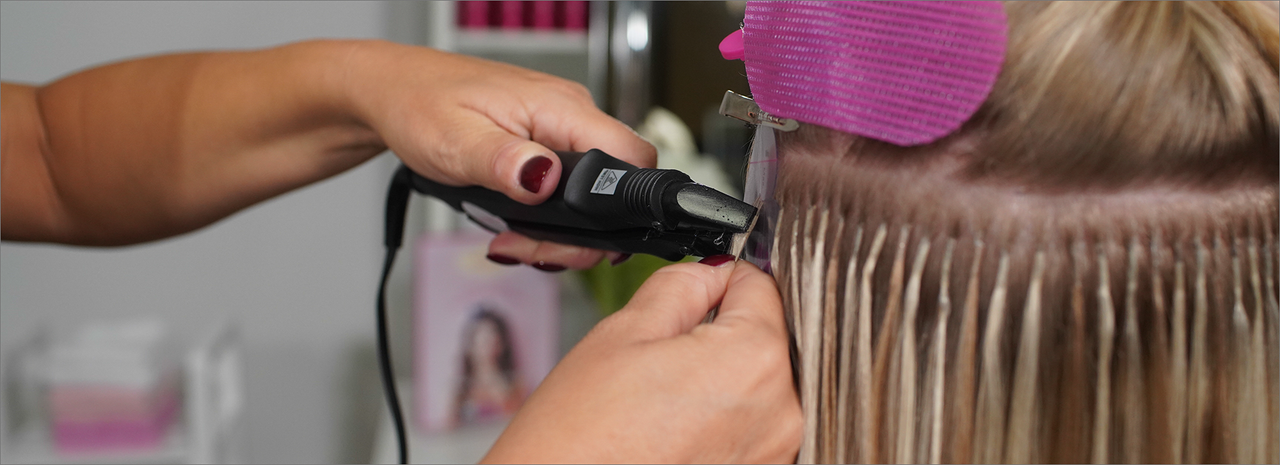Have you ever found yourself wondering, “What exactly does color #1001 mean?” Babe definitely doesn’t offer 1001 hair extension colors, and there’s clearly a big jump from our next-highest extension code—613—and the color we like to call Yvonne. So what’s the deal?
Babe’s hair extension color codes are partially based on the International Color Chart (ICC)—an industry resource and standard defining 25 colors and 9 tones. The ICC is frequently used by dye producers, wig makers, hair extension manufacturers, and various other hair specialists to describe the color of their products in a widely understood way. This system features 2-3 numbers detailing the base color, primary tone, and sometimes secondary tone of a color (ex. 8.34 for a golden or copper-hued light blonde). At Babe, we often simplify this format considerably—for example, ICC 5.3 and 5.4 become 5B and 5R in the Babe system, the former being a more golden light brown and the latter being a more copper (or red) light brown. Other times, we keep our color code in near alignment with the ICC, as in the case of color #1001, which could be interpreted as base shade 10 (lightest blonde) with a slight coolness (.01) added to it.
But there are a number of differences between our system and the ICC. Firstly, in Babe’s color code system, we extend our base shade numbering beyond 10 values, maintaining the trend of higher numbers equaling lighter shades. To make sense of our hair extension numbers, remember that they fall into five basic categories.
Base Shade Number Range
Black & Brown - 1 to 10
Blonde - 12 to 27
Red - __R; 30/33
Gray & Platinum - 60 to 1001
Solid Colors - By Name
Secondly, we feature a number of blended colors that merge two distinct color codes together. For example, #27/613 means that blonde hair #27 has been blended with platinum hair #613 in the same strand or weft. The same principle applies to brown #6/10—the strand contains a certain percentage of colors #6 and #10.
Solid colors are another thing altogether. They are sometimes referred to as fashion colors and have no numbers assigned to them. So you’ll see names like Red Wine, Dark Purple, Green, Burgundy, Black Wine, and Pink. It’s not unusual to find that solid colors from different manufacturers vary in color, just as clothing dye lots can vary from company to company.
Given all the variation in color classification systems out there, it’s extremely important to have a physical reference in addition to a coherent code system when it comes time to select a color for your client. That’s why we always recommend that you keep your Babe Color Swatch nearby and at-the-ready—it’s the simplest, most effective way to understand and evaluate Babe’s range of extension colors, featured on actual swatches of 100% Human Remy hair. You can’t get that from color codes or pictures on the Internet.
Until the end of this month, we’re offering a special Babe Tag Color Swatch promotion—purchase 1 Color Swatch, get 3 special discount codes alongside it. Each discount code is printed on a tag that’s attached to the ring. Head over to your local distributor today to take advantage of the deal!

